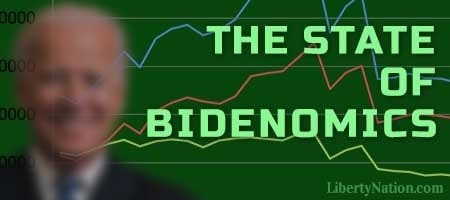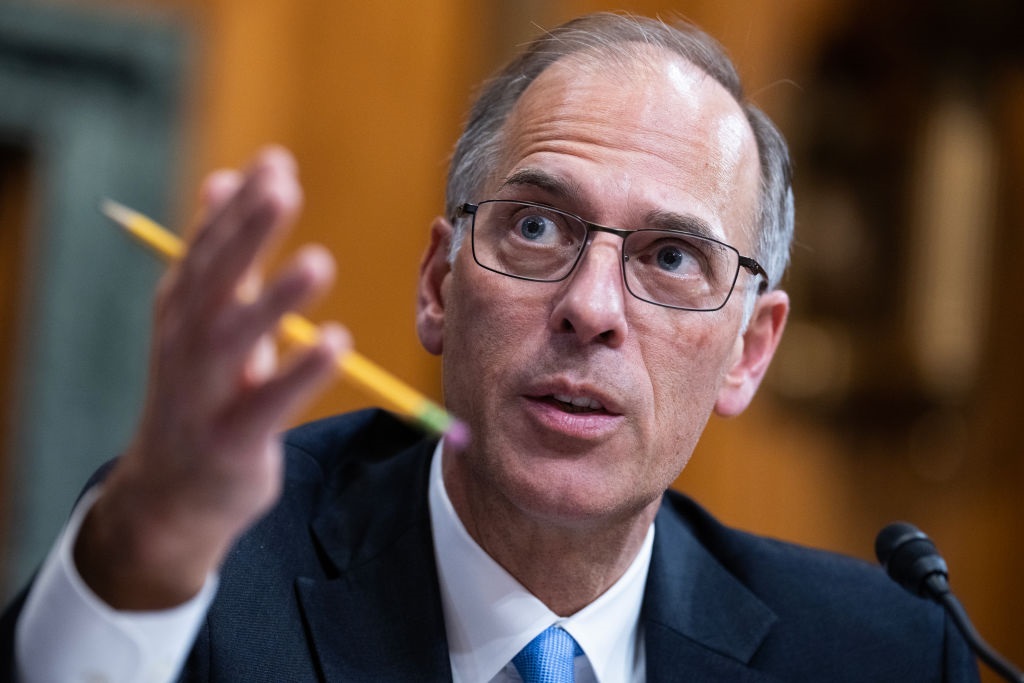Since the turmoil that saw the collapse of two regional banks this past spring, officials have insisted the US banking system is safe, sound, resilient, and well-capitalized. While the likes of JPMorgan Chase and Goldman Sachs appear to be unfazed by the chaos unfolding in the financial sector, Moody’s took the markets by surprise and slashed the credit ratings of various small and mid-sized banks. But that is not all: Several large Wall Street names were placed on a downgrade watch. This decision follows hot on the heels of a Fitch Ratings announcement that reduced the US government’s own credit score from AAA to AA+.
Banks Not in the Mood for Moody’s
On Aug. 8, investors woke up to the news that Moody’s had reduced the ratings of ten banks. The biggest names on the list were Bank of New York Mellon, Bancorp, Northern Trust, State Street, and Truist Financial. The smaller lenders slapped with a downgrade included BOK Financial, M&T Bank, Pinnacle Financial, and Webster Financial. The firm also revised its outlook to negative for nearly a dozen financial institutions, such as Capital One, Citizens Financial, and Fifth Third Bancorp.
Moody’s listed several reasons for the downgrades: elevated commercial real estate (CRE) exposures, a drop in CRE credit, rising interest rates, and falling office demand. It added that banks maintaining substantial unrealized losses remain vulnerable to diminished confidence in a rising-rate climate. Analysts added that risks could be exacerbated if the country slips into a recession, which they believe will occur early next year and might lead to even more tightening of credit conditions and loan losses, something the Federal Reserve’s latest Senior Loan Officer Opinion Survey confirmed.

Mark Zandi, chief economist of Moody’s Analytics (Tom Williams/CQ-Roll Call, Inc via Getty Images)
“Many banks’ second-quarter results showed growing profitability pressures that will reduce their ability to generate internal capital,” Moody’s said in a note. “This comes as a mild U.S. recession is on the horizon for early 2024 and asset quality looks set to decline, with particular risks in some banks’ commercial real estate (CRE) portfolios.”
The agency’s downgrades sent the US financial markets plummeting, with the leading benchmark indexes down about 1%. Unsurprisingly, bank shares and exchange-traded funds (ETFs) also tumbled during the Aug. 8 trading session. For example, Goldman Sachs tanked 3%, the iShares US Regional Banks ETF shed nearly 3%, and US Bancorp slumped roughly 2%.
In March, the failures of Silicon Valley Bank and Signature Bank placed a spotlight on regional institutes, initiating a deposit run across the industry. Federal authorities attempted to prevent depositors from rushing to the exit and sought to restore confidence by bailing out insured and uninsured clients, which included wealthy companies and asset funds. This resulted in Washington taking action with legislative efforts that proposed fresh reforms and extra regulatory costs for the financial sector.
Is US Banking Safe and Sound?
As Liberty Nation has reported since the crisis earlier this year, the US government has offered mixed messaging to the public. On the one hand, officials have touted the strength of the banking system. On the other hand, financial institutions have shuttered their doors or been absorbed by the goliaths on Wall Street, deposit outflows persist, organizations are still tapping into the central bank’s emergency lending facilities, and regulators have encouraged higher capital standards on the large banks when they are supposedly fully liquid. Now, there is the credit downgrade from Moody’s.
 Indeed, many of the big banks are in terrific shape. JPMorgan Chase, for example, controls about 10% of the nation’s total deposits. Since 2019, the company’s deposits have skyrocketed 65% to $2.4 trillion. According to its second-quarter earnings report, revenues surged 20.5%, net income advanced 67.3%, net profits spiked 38.7%, and operating income climbed 40%. So, these kinds of numbers have left many industry observers stumped as to why Fed Vice Chair of Supervision Michael S. Barr wants to lift capital requirements for the power players.
Indeed, many of the big banks are in terrific shape. JPMorgan Chase, for example, controls about 10% of the nation’s total deposits. Since 2019, the company’s deposits have skyrocketed 65% to $2.4 trillion. According to its second-quarter earnings report, revenues surged 20.5%, net income advanced 67.3%, net profits spiked 38.7%, and operating income climbed 40%. So, these kinds of numbers have left many industry observers stumped as to why Fed Vice Chair of Supervision Michael S. Barr wants to lift capital requirements for the power players.
Small, regional, and community commercial institutions are the ones in eyebrow-raising and head-turning shape, especially when assessing unrealized losses in their books. During the coronavirus pandemic, banks amassed approximately $600 billion in Treasury securities, representing about a third of their capital holdings. As the Federal Reserve raised interest rates, the valuation of these securities cratered. So, if these companies must sell their holdings to generate income, the realized losses could diminish capital buffers and even threaten banks’ solvency. The more the Fed pulls the trigger on rate hikes, the greater the risk that the Eccles Building will break the system and the broader economy.
Another Blow to Bidenomics
Contrary to what President Joe Biden, Vice President Kamala Harris, and the mainstream media are selling to the American people, the Bidenomics record has not been exceptional: Forty-year-high inflation, skyrocketing public and private debt, a technical recession, product shortages, half the country living paycheck to paycheck, bank failures, and a US government downgrade. Once voters add Moody’s decision to the mix, this president will not likely receive the Joe Biden Award for Outstanding Achievement in the Field of Economic Excellence.




